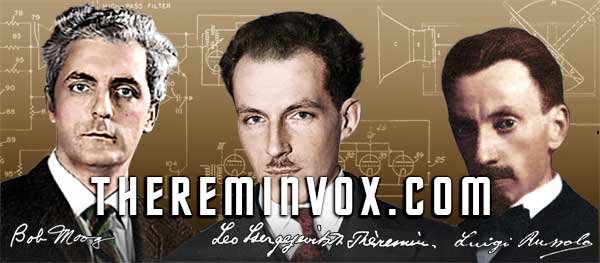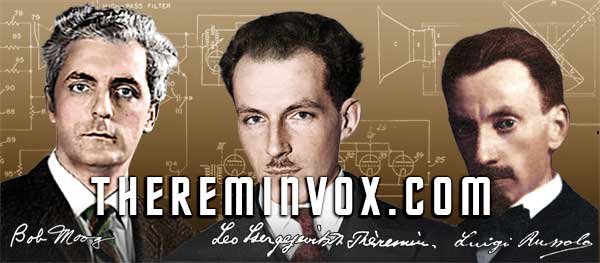Noise
confused and irregular emanation of life's irregular confusion, never reveals entirely but always contains uncountable surprises.
confused and irregular emanation of life's irregular confusion, never reveals entirely but always contains uncountable surprises.

As well as being one of the earliest composers and the genius of Futurist music, Luigi Russolo (1885-1947) was also an instrument builder, a signatory of the ‘Manifesto of Futurist Painters’, an engraver, a mystic and a scholar of Oriental philosophy. He was one of the most original personalities of Futurism.
Russolo’s noise-intoners was created by the artist to ‘harmoniously and rhythmically intone and regulate’ noises and interacting with the public.
Russolo’s spectacular, experimental sound-making machines – called noise-intoners, and used for concerts and performances – were born out of the ideas first put forward in his manifesto ‘The Art of Noises’ (1913). In this, written as an open letter to the Futurist musician Balilla Pratella, the artist stated that his aim was not the creation of cacophonous sound, but rather a rigorous research into acoustics and harmony – the discipline he was proposing to renew. Russolo wrote to Pratella: ‘Acoustics has little to teach us as it has – up to now – been applied primarily to the study of pure sound, neglecting almost entirely the study of noises.’ Hence the need for a set of instruments conceived to produce explosions, crackles, buzzes and scrapes. During his time in Paris between 1928 and 1930, Russolo expanded the range of applications for his noise-making inventions to include avant-garde cinematography. He played his instrument in The March of the Machines, Electric Nights and Montparnasse.
 |
| Russolo at the Russolophone, 1930, from Alexandre Grenier, Michel Seuphor, A Century of Freedom. |
The intonarumori were a family of acoustic noise generators that permitted to create and control in dynamic and pitch several different types of noises.
 |
| Drawing of an Intonarumori. |
Each instrument was made of a wooden parallelepiped sound box with a carton or metal speaker on its front side. The performer turned a crank or pressed an electric button to produce the sound whose pitch was controlled by means of a lever on top of the box. The lever could be moved over a scale in tones, semitones and the intermediate gradations within a range of more than an octave.
 |
| Internal mechanism of a "Ronzatore - gorgogliatore" intonarumori (ca 1913) |
Inside the box there were a wooden or metal wheel (whose shape or diameter varied depending on the model) that make a catgut or metal string vibrate. The tension of the string is modified by means of the lever allowing glissandos or specific notes. At one end of the string there is a drumhead that transmits vibrations to the speaker.
 |
| Luigi Russolo's "intonarumori" in 1919. |
There were 27 varieties of intonarumori with different names according to the sound produced: howling, thunder, crackling, crumpling, exploding, gurgling, buzzing, hissing and so on.
**
In class we looked at the work of different artists. I was particularly impressed by Mari Kimura and Eric Singer' s LEMUR group. This group has the purpose of creating robotic musical instruments. Even though they quite cybernetic these instruments sound very 'organic' and their shape interact with the environment in a quite 'natural' way. They affect audience and other players both, musically and emotionally, as they actually have a presence, or as Mari saiys "their own life".


